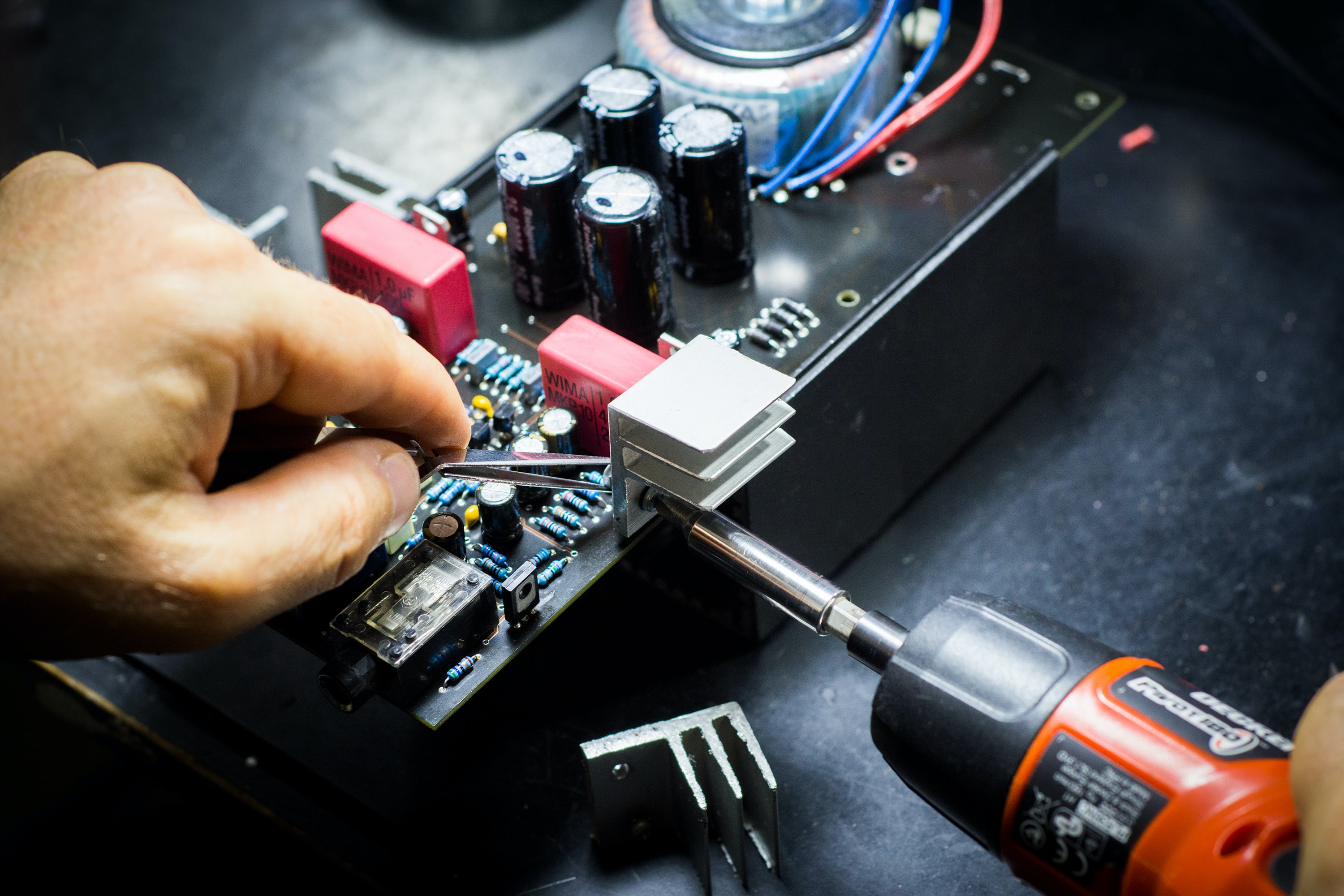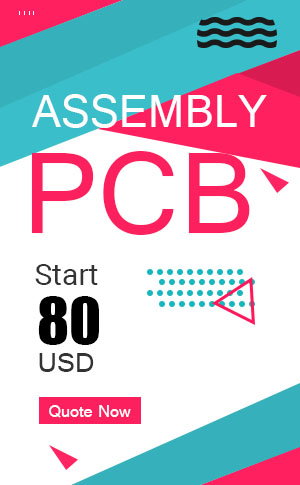General, quoting & support.
Add: Building E, No.58, Nanchang Road, Xixiang , Baoan District Shenzhen City, Guangdong, China
Tel : 0755-27348887
Fax : 0755-27349876
E-mail : svc@pcbastore.com
A 2021 Guide to the PCB Plating Techniques and Process
Simon / 2021-03-31
Contents [hide]
Frequently we like to think that every activity has its specific timing. Even though this could be an optimistic view, the school of theorists holds the same view. Over the years, technology is evolving, and advancement is done daily. Think about if we did not have a defined step for performing different activities. Chaos could be erupting after every minute. This article will present an in-depth understanding of the printed circuit board or (PCB) construction process, the types and its applications for this pragmatic view.

What is PCB Plating
Whenever the headline PCB plating comes into discussion, most of us start crafting various definitions and end up with an illusioned mind. PCB Plating can be described in two ways.
1. Surface plating or finishing: This involves the process of covering surface copper traces, protecting them against elements such as oxidation, contamination and moisture. Surface plating is essential to be a sturdy base for soldering components when assembling PCBs.
2. PCB plating involves filling a drilled hole with copper to create a pathway for transmitting current from the board's surface to the inner layers. Platting through holes or (PTH) is also referred to as vias.
Even though PCB plating's primary function is to maintain a constant flow of current, the distinction comes from its techniques. This brings us to the second part of the discussion.
The Types of Materials Used in PCB Plating
The distinction can be drawn by the specific metallic alloy used in the procedure.
Surface Plating or Finishing
This technique uses four primary materials Silver, Tin, Gold and Nickel. While selecting the type of material to use solely depends on your needs. Besides, all materials have their advantages and disadvantages hence you need to weigh your options carefully. Moreover, when considering the type of PCB finish to use for your fabrication, always select while considering different characteristics.
Via Plating Technique
Copper is the primary material used for plating.
The Four Major PCB Plating Methods
Brushing Plating Technique
Brushing plating is a method that focuses on particular regions. In this procedure, only a portion of the plate is immersed into the electrolyte. Hence, once the end product is out, you will notice various metals plating on particular sections of the board. However, for this process to be successful, you will need to use a chemically reactive anode such as graphite. Ensure you wrap the anode with absorbent material, for example, a cotton stick, to get the plating solution on the desired areas. Brush plating is among the suitable methods for assembling electronics due to its abilities for overhauling waste boards.
Finger-Plated Plating Technique
This technique incorporates varnishing gold fingers or connecting edges to the board. Using the finger-plating technique is vital to enhance the abrasive resistance and reduce the formation of flexible PCB.
During the finger-plating procedure, gold is the widely preferred material for coating the nickel's inner side. Besides, the coating is reputable for producing pocket-friendly circuit board quotes.
Whenever you decide to finger-plate, below are the procedures to follow.
Select the desired PCB assembly and extract the tin-lead covering.
Rinse the bulging head section thoroughly using water
Use an abrasive material to scab off any remnants of the coating
Dip the contact in a 10% concentrated sulphuric acid solution to clean off any puritans
Begin coating the contact with a 3-5 micrometer thick using nickel. Ensure you carefully handle this step to eliminate mineral water
Begin applying the treatment on your contact, which includes gold permeation solution
Finish by coating the contact with gold, clean it off and place it in a cool place of your working station to dry
PCB Through-Hole Plating Technique
This procedure involves drilling holes through the copper foil. During the drilling process, heat is produced, vital for artificially insulating resin onto the substratum base. Moreover, this method can be an alternative when producing prototype PCB. However, to get a quality result, always use a low-designed viscosity ink since it increases your chances of getting a better conductive film on every vias inner wall.
PCB though-Hole plating is ideal since it cuts down the various chemical treatments since it is a one-step application. Moreover, the process uses thermal curling to form a continuous film on the drilled holes' inner walls. Once the film has foamed completely, electroplate the contact directly to form a solid adhesive bond.
Reel Linkage Selective Plating Technique
This process can either be manual or automated. Moreover, this gives you freedom when selecting the best circuit board. This method also allows you to use a single-sided PCB or a double-sided PCB and incorporate various electronic components such as connectors and transistors.
One of this method's merits is that it is resistant to corrosion and allows you to use batch welding when plating. Furthermore, the technique levels the edges of the metal foil to the desired width. Also, the technique blends well with the use of various metals such as nickel-lead alloy, silver, gold and iridium. This technique is similar to brush plating since it coats the specific regions on the plates while the rest of the plates remain coated with a resistant film.
The Types of PCB Surface Plating Finishes
Below are the various options for PCB finishes that are essential for your PCB surfaces.
Electroless Nickel Immersion Gold or (ENIG)
This process involves coating thin gold over thin layers of nickel. The thin nickel layers are widely used since they perfectly serve as a protector for the PCB plating and the component's soldered areas. Thus, it safely secures the stored nickel. However, this process of electroless nickel immersion gold is very costly.
Hot Air Soldering Levelling (HASL)
HASL is the short form of hot air soldering levelling, a form of reliable PCB copper plating. You can also apply this technique by plummeting a panel into a soldier. Also, ensure you use a molten solder mask when plummeting. Alternatively, you can use a hot air knife to level the plate.
Furthermore, HASL is widely preferred by most engineers since it is very economical, easily adjustable, and widely available in the market. Also, HASL allows you to rework it repeatedly without developing issues, making it the sturdiest PCB finish for plating. Moreover, HASL is the most suitable for through-hole components and SMT devices even though they are way heavier on the panel.
Immersion Silver
This type of surface PCB plating technique involves forming a thin silver layer over a copper layer. In the layman's language, the process involves dipping copper substances into an ion solution of silver. Immersion of silver is vital since it prevents the oxidation of copper conductors.
Organic
This method is comparable to immersion silver. Moreover, it is considered an eco-friendly method since no metal-metal contact is required. However, this method's demerit is that it has a short shelf-life; hence, proper storage methods are needed to increase its longevity.
Hard Gold
This technique is also referred to as hard electrolytic gold. The process involves the application of goal coating to a layer of nickel. This method is widely used for large-scale PCB finishes since it is durable and due to its value in high wear sections. An excellent example of a high wear site is the edge that joins the fingers. Even though hard gold has a low solderable feature, it is the most suitable for soldering finishes. Another demerit of hard PCB gold plating is that it is very costly.
Carbon Ink
The best alternative to hard gold is the application of carbon ink. Using carbon ink is very economical and foams a durable finish. Moreover, the process consumes less material costs compared to hard electrolytic gold. Using carbon ink involves covering a layer of nickel with carbon hence producing a coating tough enough to withstand numerous insertions. Notably, carbon ink can handle millions of pushbuttons, and it has exceptional thickness and stability. This property makes carbon ink suitable for usage in surface plating for usage in tropical regions.
Electroplating
This method utilizes the direct current or (DC) to aid in the production of chemical processes. These chemical processes are responsible for depositing the desired metal plates over copper objects. These metal plates include gold, nickel, or tin. Electroplating is an ideal method for surface traces and through-hole vias.
The Importance of Edge Plating PCB
The process of edge plating involves coating copper on various parts of a PCB. The coating is essential since it covers a portion of the perimeter surface thus protecting it from contamination.
Some of the benefits of PCB include.
The process increases the PCB's current carrying capacity
Plating the edges also boasts the overall fabrication and provides room for soldering the edges
The technique also enhances the connectivity and protection of the edge.
Conclusion
Always ensure you take PCB plating seriously since the process is vital for the fabrication of boards. Moreover, getting the job done correctly guarantees you the perfect surface for your PCB. Also, the procedure is vital since it boasts the reliability and durability of your traces and vias.







